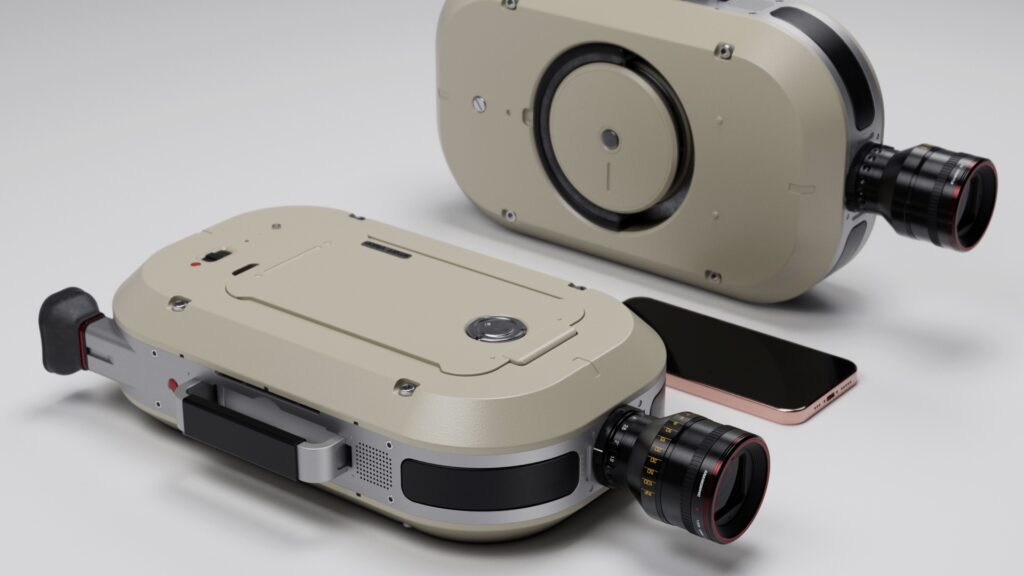Elevate your design and manufacturing processes with Autodesk Fusion

The product design process includes many necessary steps, such as ideation, prototyping, and material selection. But there is one element that needs to touch all steps in the process for a product to be successful: collaboration. Lack of team cohesion often leads to derailed, disjointed projects but is a common phenomenon. Companies worldwide have struggled with projects that go into overtime or extend well past their expected deadlines, costing significant amounts of money and wasting resources.
Sometimes all it takes to ruin a project’s trajectory is a design team that doesn’t know how to collaborate. A great way to combat life cycle challenges is to better educate team members about effective collaboration during the entirety of the design process.
The Product Design Process
Industrial design entails designing and manufacturing a wide variety of products for different applications. Industrial designers take a product from 3D design to production.
The industrial design process can be broken down into five basic steps: ideation, creation, testing, refining, and manufacturing. Traditionally, this process was cumbersome and required additional skills to get the job done. However, the design process is exponentially better in today’s digital work-from-anywhere environment.
Collaboration from Dream to Done
So how does collaboration, in particular, affect the product design process? Simply put, collaboration provides unique perspectives as input that otherwise would not have emerged as a solo designer. There are seven steps to collaborative success amongst design teams:
- Create a diverse team
- Initiate open lines of communication
- Set measurable goals and deliver
- Select the right design tools for the job
- Write comprehensive documentation to avoid confusion
- Provide professional and unbiased feedback
- Identify roadblocks and work towards solutions
By implementing these steps, design teams can create an environment that fosters ideas and promotes innovation.
Designing as an individual can be fun, but there are pitfalls, especially at such an early stage in development. Who’s going to review your design? How will you know if there is a better design element if you’re not receiving valuable feedback from your peers?
Collaboration enhances every step of the design process by introducing a checks and balances system. Writers would never publish a novel without having at least two other people read and edit it. The same is true for industrial designers. Collaboration also speeds up the design process, saving companies money and resources. You might also be able to reduce the number of iterations previously required to perfect a design before production.
Autodesk Fusion : A Collaborative Work Environment
A collaborative team is only as good as the tools they use. You could be the most efficient team in the world, but it wouldn’t matter if you were using an archaic set of tools. Autodesk Fusion further enhances the design process by providing an integrated, cloud-based CAD/CAM environment with endless customization options. Reduce the time it takes you to get from ideation to production using successful collaborative methods and world-class software like Autodesk Fusion.